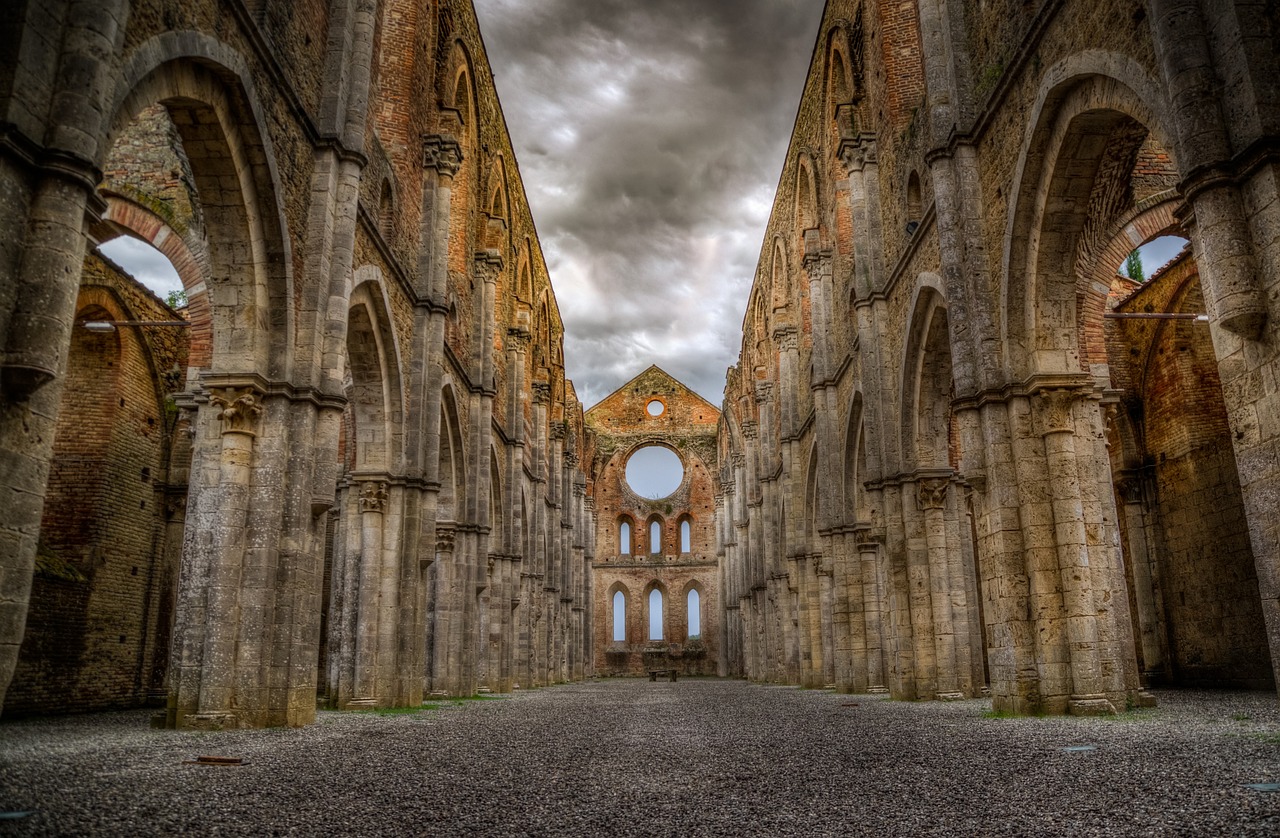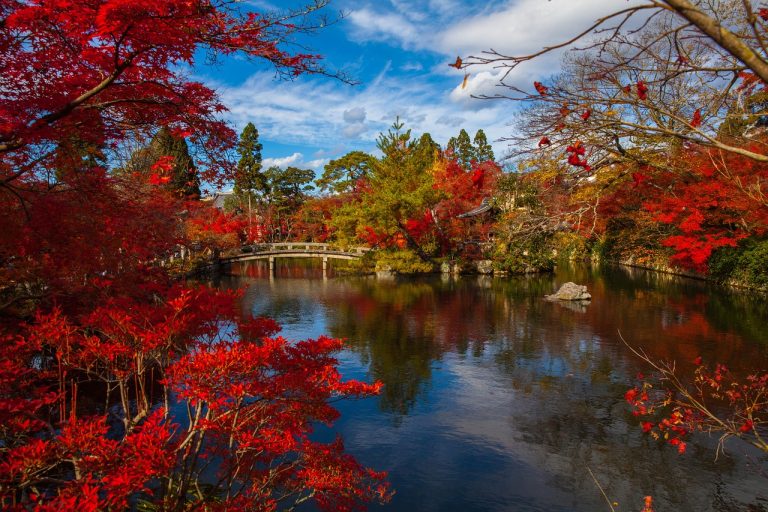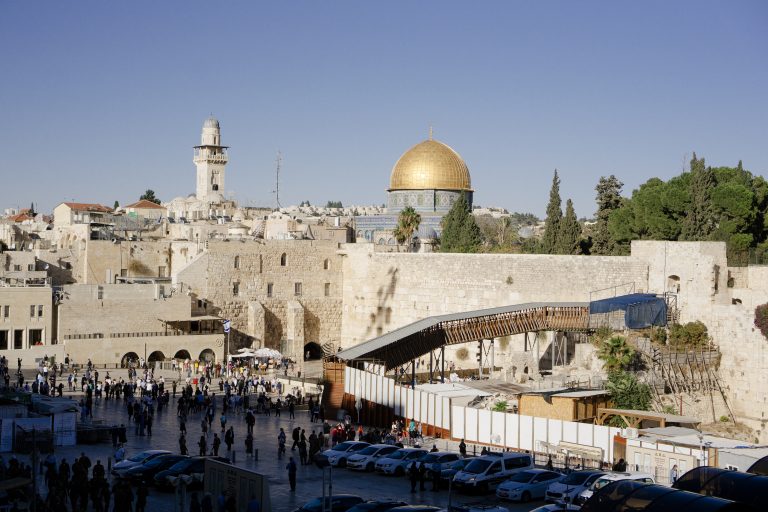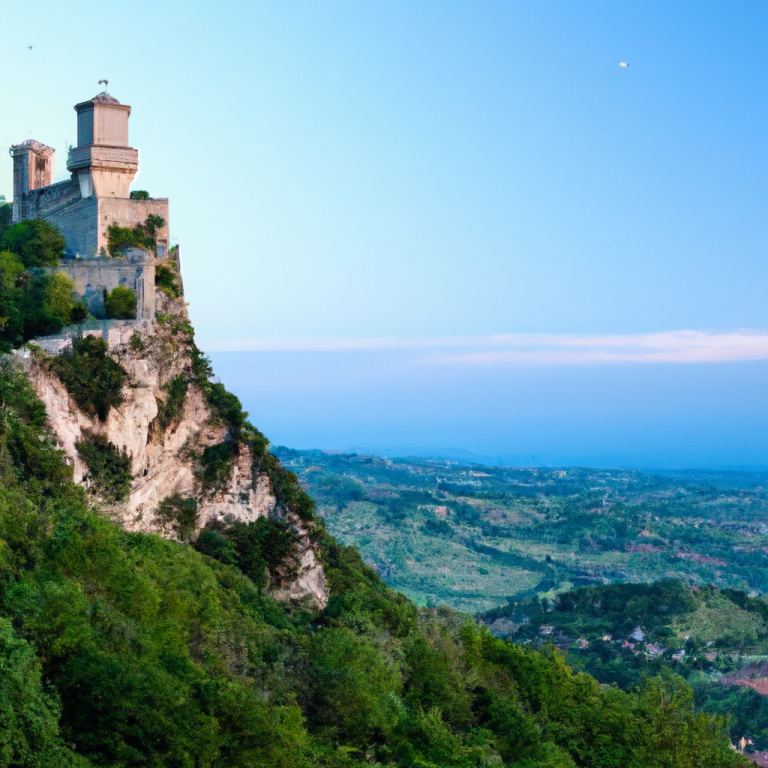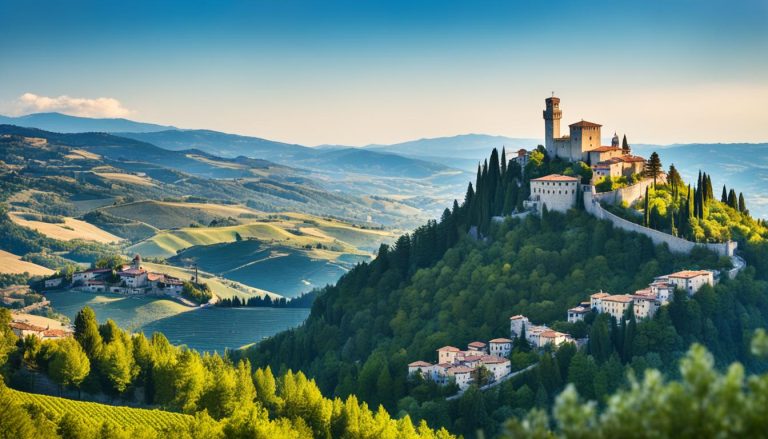San Marino’s Medieval Architecture: A Deep Dive.
Step back in time and immerse yourself in the enchanting world of San Marino’s medieval architecture. Nestled within the rolling hills of Italy, this ancient city-state boasts a rich and storied past that is beautifully preserved in its remarkable architectural wonders. From the imposing fortress towers that stand guard over the city to the charming cobblestone streets that wind through its heart, San Marino offers a captivating glimpse into a bygone era. Whether you are a history enthusiast or simply seeking a mesmerizing escape, join us as we embark on a journey to explore the breathtaking beauty and historical significance of San Marino’s medieval architecture.
Medieval Architecture in San Marino
San Marino, the picturesque microstate nestled within the Italian peninsula, is known for its rich history and stunning medieval architecture. The small republic boasts a wide range of architectural styles, from towering fortress towers to magnificent churches and basilicas. In this article, we will take a comprehensive look at the medieval architecture of San Marino, exploring its historical background, prominent features, and iconic attractions.
Historical Background
San Marino, established in the 4th century, holds the esteemed title of being the oldest surviving sovereign state in the world. This small enclave has stood the test of time and has witnessed the ebb and flow of history. Its medieval architecture is a testament to the enduring spirit of the republic throughout the ages.
Architectural Styles
San Marino’s medieval architecture encompasses a variety of styles that have evolved over the centuries. The influences of Romanesque, Gothic, and Renaissance architecture can be observed in the structures that dot the landscape of this ancient republic.
Prominent Features
The medieval architecture of San Marino is characterized by its distinctive features. Towering fortress towers, intricately decorated churches, and palatial palazzos are just a few of the architectural marvels that make San Marino a unique destination for architecture enthusiasts.
San Marino’s Fortress Towers
Overview
San Marino’s fortress towers, also known as the Three Towers, are some of the most iconic structures in the republic. These towers, perched atop the rugged Mount Titano, serve as a symbol of both strength and resilience.
Construction Materials
The fortress towers of San Marino were constructed using locally sourced limestone, providing an authentic and cohesive look to the structures. The use of this durable material ensured the longevity of these towers, which have withstood the test of time for centuries.
Purpose and Function
These imposing towers had multiple purposes and functions throughout history. Initially built as defensive structures, they served as lookout points to protect the republic from potential invaders. Over time, they also functioned as prisons and signal towers, further solidifying their importance in San Marino’s history.
Notable Towers
Among the Three Towers, the Guaita Tower is the oldest and most recognizable. Its commanding presence and panoramic views make it a favorite among visitors. The Cesta Tower, adorned with historical artifacts and a museum, offers a glimpse into San Marino’s past. Lastly, the Montale Tower, once used as a prison, stands as a testament to the strength and endurance of the republic.
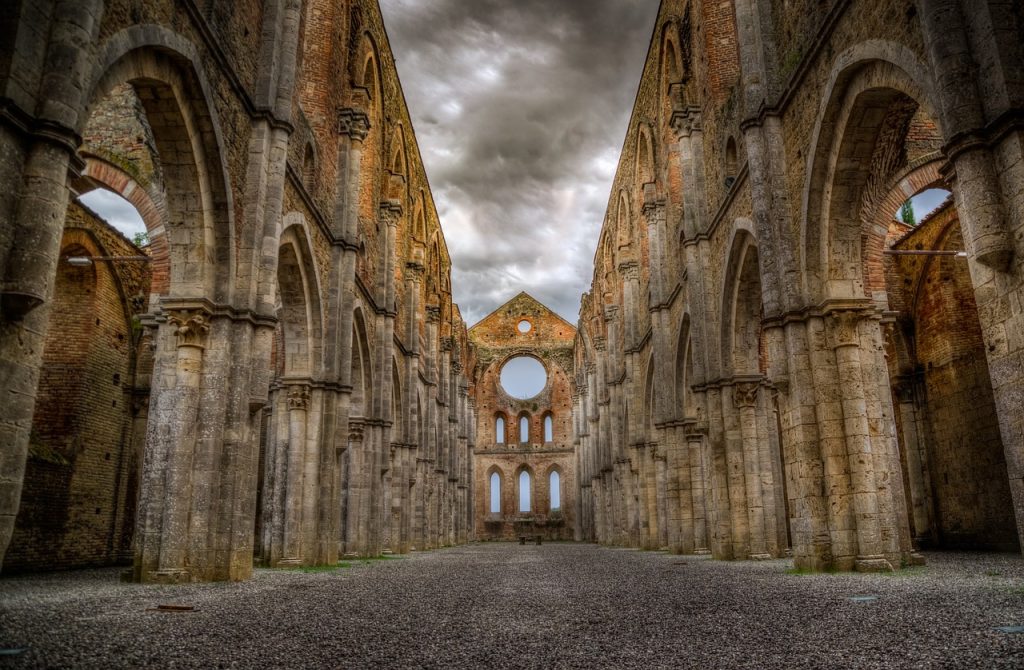
San Marino’s Churches and Basilicas
Religious Importance
Religion has played a crucial role in the history and development of San Marino. The republic is home to several magnificent churches and basilicas, each with its own significance in the religious landscape of this small state.
Architectural Characteristics
The churches and basilicas in San Marino exhibit a blend of architectural styles. From the Romanesque influences of the Basilica di San Marino to the Gothic elements found in the Church of San Francesco, these structures showcase the cultural and artistic nuances of their respective time periods.
Iconic Attractions
The Basilica di San Marino, dedicated to the patron saint of the republic, is a prominent religious and architectural attraction. Its beautiful façade and intricate interior decorations are a testament to the devotion and craftsmanship of the era. The Church of San Francesco, with its grand Gothic architecture and stunning stained glass windows, also draws visitors from around the world.
The Basilica di San Marino
History and Significance
The Basilica di San Marino holds a significant place in the religious and cultural history of San Marino. Built in the 19th century, it stands on the site of an ancient chapel and serves as the main place of worship for the residents of the republic.
Architectural Highlights
The basilica’s architectural style is predominantly Romanesque, characterized by its rounded arches and sturdy stone construction. The exterior boasts intricate carvings and decorative elements, showcasing the craftsmanship of the period. Inside, visitors can marvel at the stunning frescoes adorning the walls and ceilings, creating an immersive religious experience.
Religious Art and Decorations
The interior of the Basilica di San Marino is adorned with religious artwork and decorations that reflect the faith and devotion of its inhabitants. Paintings, sculptures, and ornate altarpieces add to the splendor of the basilica, capturing the essence of the religious traditions that have shaped San Marino throughout its history.

Palazzo Pubblico and its Architecture
Historical Significance
The Palazzo Pubblico, also known as the Public Palace, holds great historical significance in San Marino. This grand building, constructed in the 19th century, serves as the seat of the republic’s government and houses numerous administrative offices.
Architectural Elements
The architectural style of the Palazzo Pubblico is influenced by both Renaissance and neoclassical design. The symmetrical façade, adorned with imposing columns and decorative elements, exudes a sense of grandeur and governmental authority. The interior features spacious halls and ornate chambers, reflecting the opulence and prestige associated with the seat of power.
Interior Design
Inside the Palazzo Pubblico, visitors can admire the intricate details of the interior design. From intricately painted ceilings to elaborate frescoes, the decorative elements transport visitors back in time, offering a glimpse into the republic’s rich cultural history. The grand Council Chamber, with its exquisite woodwork and historical artifacts, stands as a testament to the republic’s democratic governance.
Cava dei Balestrieri – Crossbows in the Fortress
Origin and Purpose
The Cava dei Balestrieri, or Crossbowmen’s Quarry, holds a unique place in San Marino’s architectural landscape. This historic site, located within the fortress walls, was once used for the training of crossbowmen, a vital component of the republic’s defense strategy.
Architectural Design
The architectural design of the Cava dei Balestrieri is characterized by its natural integration into the rugged terrain of Mount Titano. The quarry’s walls, carved out of the mountain, serve as a testament to the ingenuity and craftsmanship of the medieval era. The strategic positioning of the quarry within the fortress walls further highlights its importance in the republic’s defense system.
Historical Role
The Cava dei Balestrieri played a significant role in ensuring the defense and security of San Marino. The training exercises held within its walls allowed crossbowmen to develop their skills and proved instrumental in safeguarding the republic’s sovereignty. Today, visitors can explore this historic site and witness the remnants of the past, immersing themselves in the rich history of San Marino.
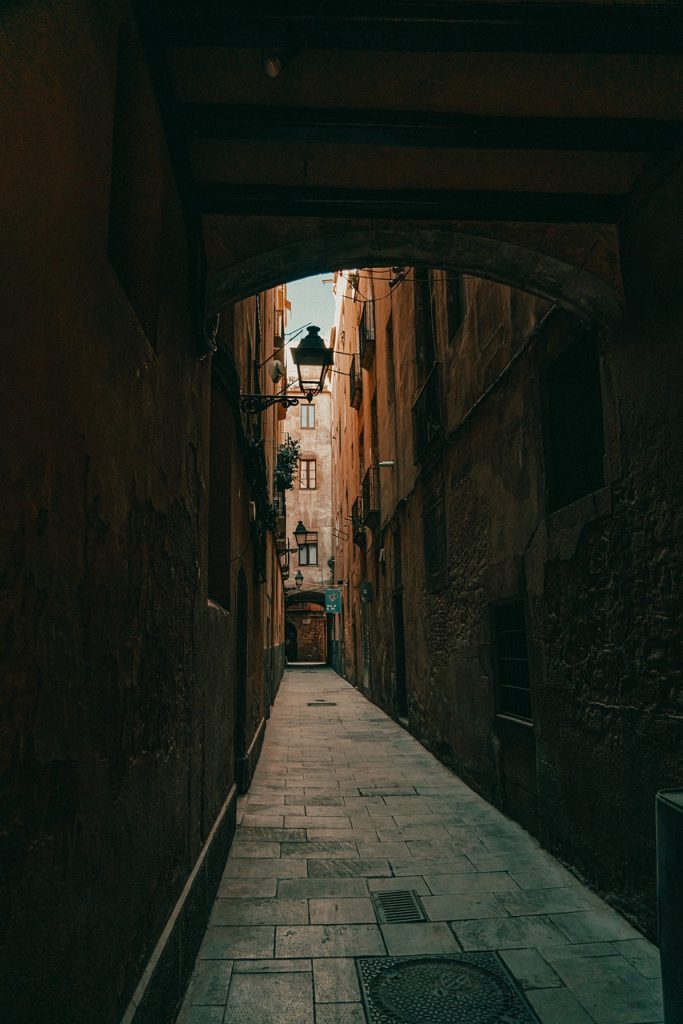
The Gothic Influence in San Marino
Characteristics of Gothic Architecture
Gothic architecture, characterized by its pointed arches, ribbed vaults, and soaring spires, left an indelible mark on the architectural landscape of San Marino. The influence of this architectural style can be seen in several prominent structures throughout the republic.
Gothic Buildings in San Marino
The Church of San Francesco stands as a prime example of Gothic architecture in San Marino. Its elegant pointed arches, stained glass windows, and decorative tracery showcase the intricate details typically associated with this style. The Gothic influences can also be observed in the stunning interiors of the Palazzo Pubblico, adding to the grandeur of the esteemed government building.
Cultural Significance
The Gothic architecture in San Marino reflects the intertwined nature of art, culture, and religion. It serves as a testament to the republic’s historical connections with neighboring regions and highlights the cultural exchange that shaped San Marino’s architectural landscape. The Gothic buildings evoke a sense of awe and reverence, capturing the imagination of visitors and residents alike.
The Rocca Guaita Castle
Overview
The Rocca Guaita Castle, perched atop Mount Titano, is a magnificent fortress that has stood as a guardian of San Marino for centuries. This imposing structure offers a glimpse into the rich history and defensive strategies of the republic.
Architecture and Defensive Features
The architecture of the Rocca Guaita Castle showcases a blend of medieval and Renaissance influences. The sturdy stone walls, fortified towers, and defensive features speak to its role as a stronghold against potential invaders. The castle’s strategic location provides unparalleled views of the surrounding landscape, further enhancing its defensive capabilities.
Role in San Marino’s History
Throughout its long history, the Rocca Guaita Castle played a vital role in safeguarding the sovereignty of San Marino. It served as a refuge for the republic’s inhabitants during times of conflict and provided a vantage point for monitoring the surrounding areas. Today, the castle stands as a testament to the resilience and fortitude of the republic, attracting visitors from all over the world.
The Church of San Francesco
Architectural Design
The Church of San Francesco, located in the heart of San Marino, is a masterpiece of medieval architecture. Constructed in the 14th century, this religious landmark showcases a blend of Gothic and Romanesque elements, creating a visually stunning structure.
Artistic Treasures
The Church of San Francesco houses several artistic treasures that reflect the cultural and religious significance of San Marino. Intricate frescoes, elaborate altarpieces, and intricately carved wooden sculptures are just a few of the artistic highlights in this remarkable church. The attention to detail and craftsmanship exhibited in these works of art is a testament to the talent and dedication of the artists of the era.
Historical Significance
The Church of San Francesco holds immense historical significance in San Marino. It has served as a place of worship, a center for religious ceremonies, and a gathering place for the community throughout the centuries. Its iconic architecture and artistic treasures make it a must-visit destination for those interested in the history and culture of San Marino.
The Three Towers of San Marino
The Guaita Tower
The Guaita Tower, the oldest and most renowned of the Three Towers, is a symbol of strength and resilience. This imposing structure offers breathtaking views of San Marino and the surrounding landscape. Visitors can explore its historical significance and immerse themselves in the rich heritage of the republic.
The Cesta Tower
The Cesta Tower, known for its historical artifacts and museum, provides a glimpse into the past of San Marino. Its elevated location allows visitors to appreciate the strategic importance of the fortress towers in the defense of the republic. The museum within the tower houses a collection of weapons, armor, and other artifacts, offering a unique insight into San Marino’s medieval history.
The Montale Tower
The Montale Tower, once used as a prison, stands as a testament to the turbulent past of San Marino. Its rugged exterior and fortified design highlight its defensive functions, while the sweeping views from its vantage point showcase the natural beauty of the republic. Today, visitors can explore the tower and gain a deeper understanding of San Marino’s complex history.
As you explore the medieval architecture of San Marino, you will be transported back in time to an era of chivalry, architectural excellence, and historical significance. The republic’s fortress towers, churches and basilicas, palaces, and historic sites offer a glimpse into the vibrant past of this ancient microstate. Whether you are an architecture enthusiast or simply a curious traveler, San Marino’s medieval architecture is sure to leave a lasting impression. So, grab your camera, put on your walking shoes, and embark on a journey through time as you discover the architectural wonders that await in San Marino.
